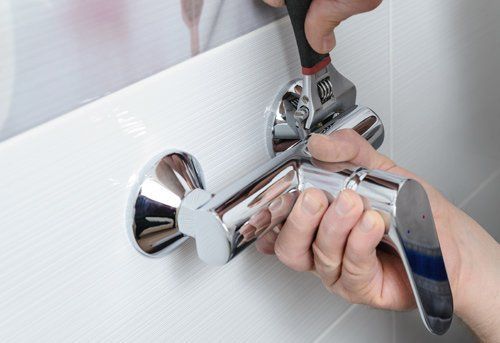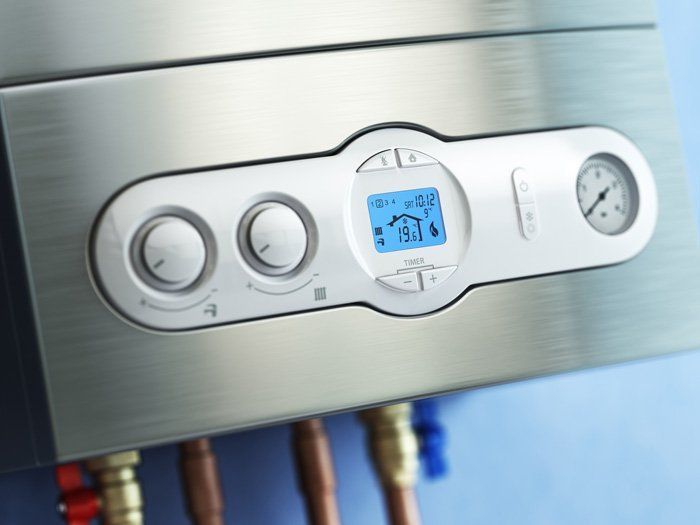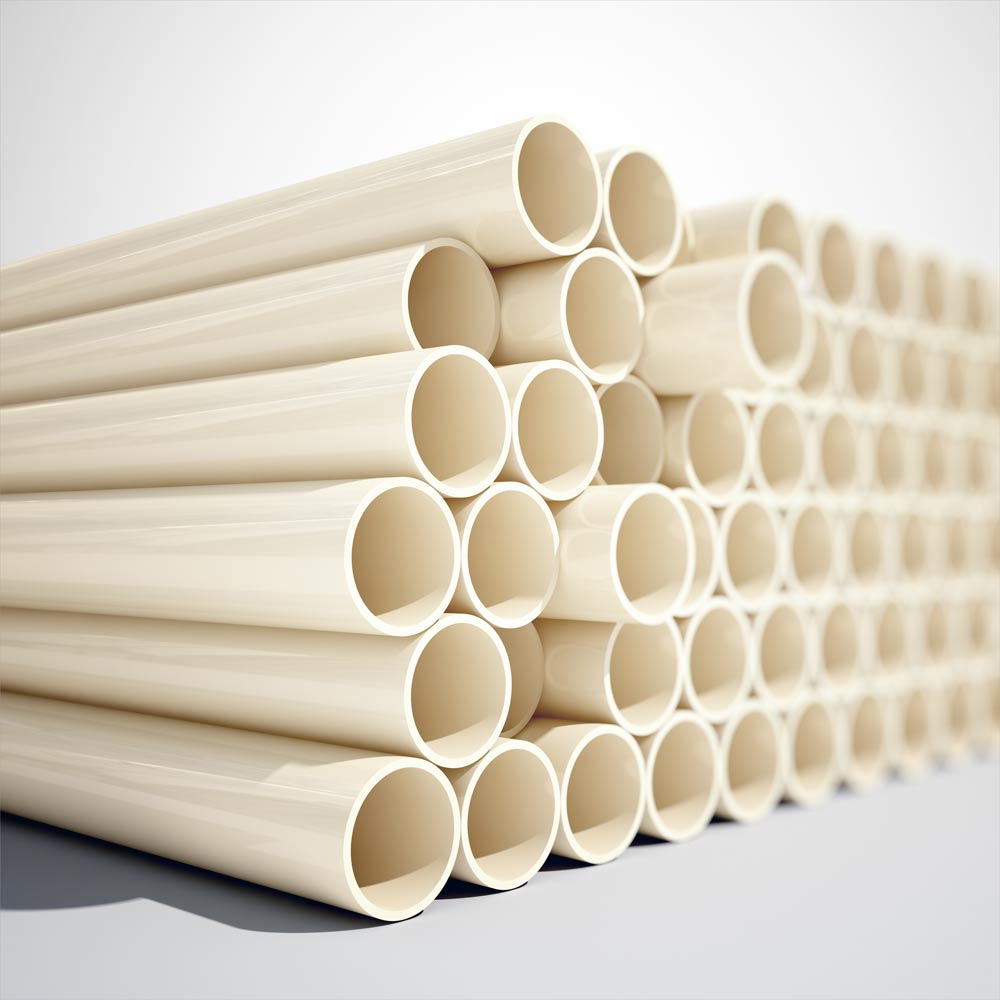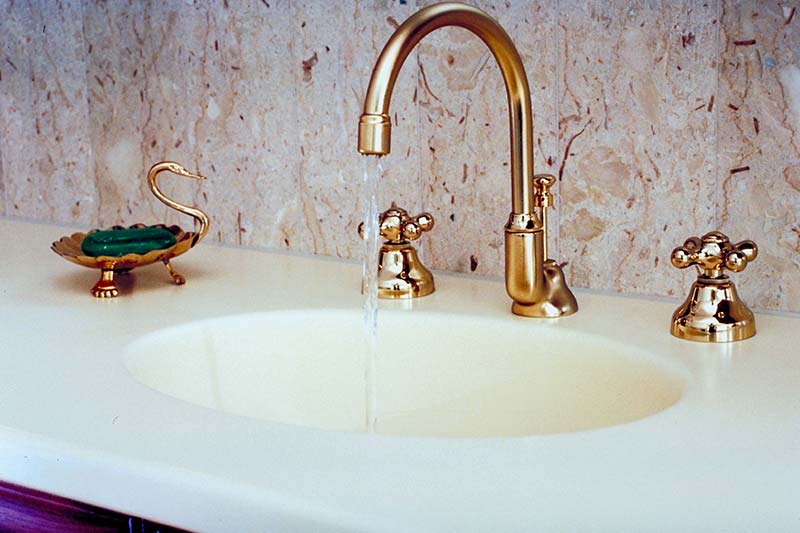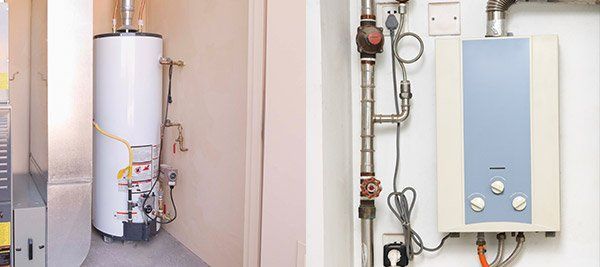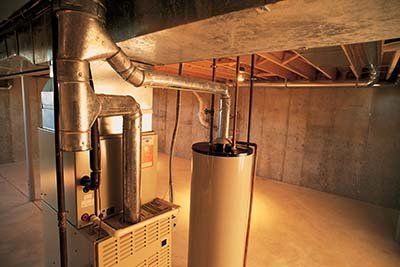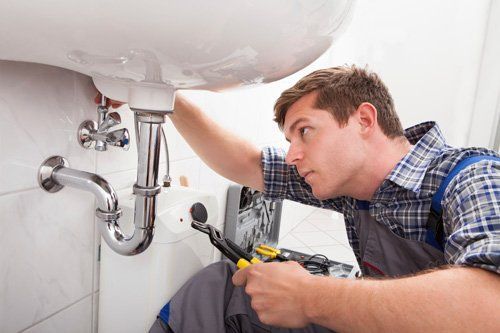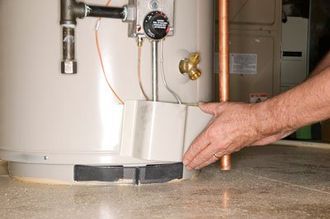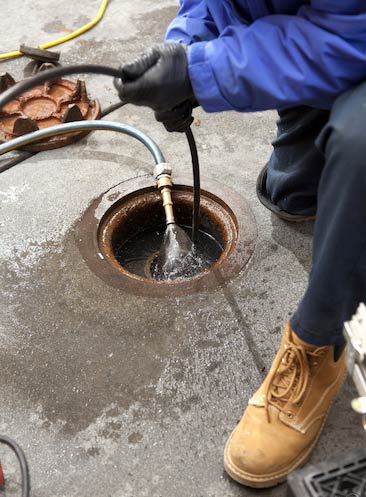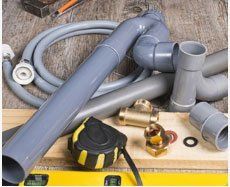
Is it time to change out your pump and pressure tank on your well water system? There are several ways to ensure your water system is suitable and reliable after the swap. Here's what you should do.
Understand the Old Pressure Settings
Before you remove your old pump and tank, record the settings on the pump and the pressure tank. The pressure settings tell your pump and tank when to start and stop moving water. The two pressure settings are:
Cut-off pressure
This is the high setting that tells the pump that pressure has built up in the lines. For example, when you suddenly turn off a hose, the water pressure will build up to the hose spigot. Eventually, the pressure forces non-moving water back to the pump. The switch senses the high-water pressure and shuts off the pump.
Cut-on pressure
If you open the hose spigot again, water pours out of the hose. The water pressure drops in the plumbing system, causing the cut-on switch to turn on the pump. The cut-on setting is always lower than the cut-off pressure. Normally, the range is 20 PSI between the cut-on and cut-off pressures.
Each well is unique in how fast it can draw water, so recommended pressure settings on well pumps and pressure tanks are only guidelines. The correct pressure settings for your water system are the settings that work with your individual plumbing set-up.
Write Down Your Old Pressure Settings
In the past, you or the old pump installer may have made adjustments to the factory settings of the pump and tank. Depending on the rate of water flow from your well, you may have set lower or higher cut-on and cut-off pressures in both appliances. If you're using the same well, the pressure settings should be similar in a new pump and tank combination of the same size.
You may need to run the old pump and tank through a cycle or two to read the operating pressures on some gauges. If the well pump has screw-down pressure adjustments under a protective cover near the switches, the screws may not note the exact pressure setting. Avoid any chance of electrical shock by measuring this type of pressure setting after you have the pump removed from the well system.
To record the settings, measure the length of the screw from the base of the switch plate up to the bottom of the nut. Single-post pressure switches are larger and adjust both the cut-on and cut-off pressure at once. Each clockwise turn of these screws increases the pressure by 2.5 PSI. However, it's easier to measure the area with a small ruler than to count the rings on the screw.
Take Lots of Pictures Before and After
Take pictures of your entire pump house layout before you disassemble it. Overview shots of the well casing, pipes, pump, and pressure tank offer your plumbing supply company clear pictures of your equipment and supply needs. With a shot of the whole pump system, you can make the right plumbing material and size choices.
Measure the length and dimensions of all components of your well-water systems to ensure you get the correct pipes and connectors. Take close-up shots of:
- Fittings and connections
- Filters
- Check-valves
- Pressure-relief valves
- Discharge t-valves
You may be able to use some of your old connectors to install the new pump and tank. If not, use the new appliance specifications and your pictures to pick new connectors that integrate into the old system.
If the appliances have worked fine for your needs given the output of your well, purchase a similar pump and tank setup. If you're not happy with the performance of your well, show your pressure settings and pictures to your plumbing supply professional. The plumbing supply company is the place to get advice on different tank and pump combinations that work with low-flow or high-pressure wells.
Call or stop by Universal Plumbing Supply Co. today, and talk to our friendly experts about your plumbing project needs. We supply parts for all types of water systems.
